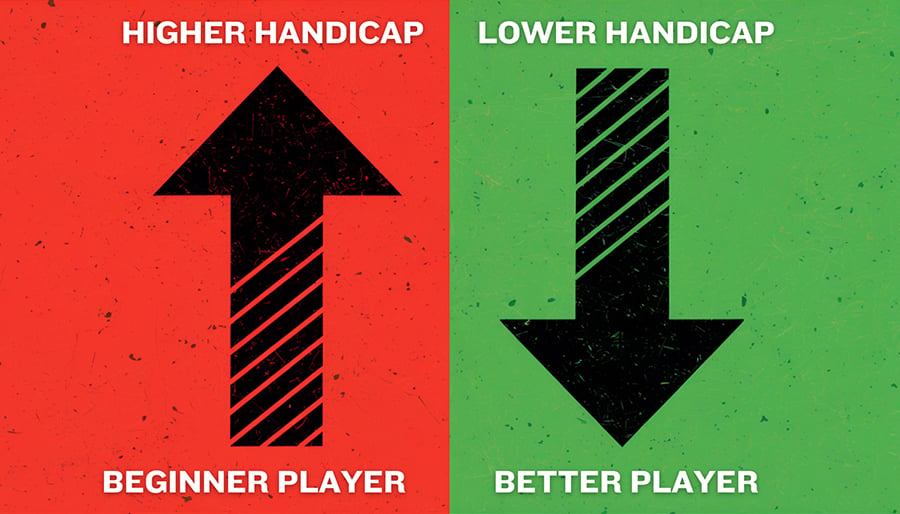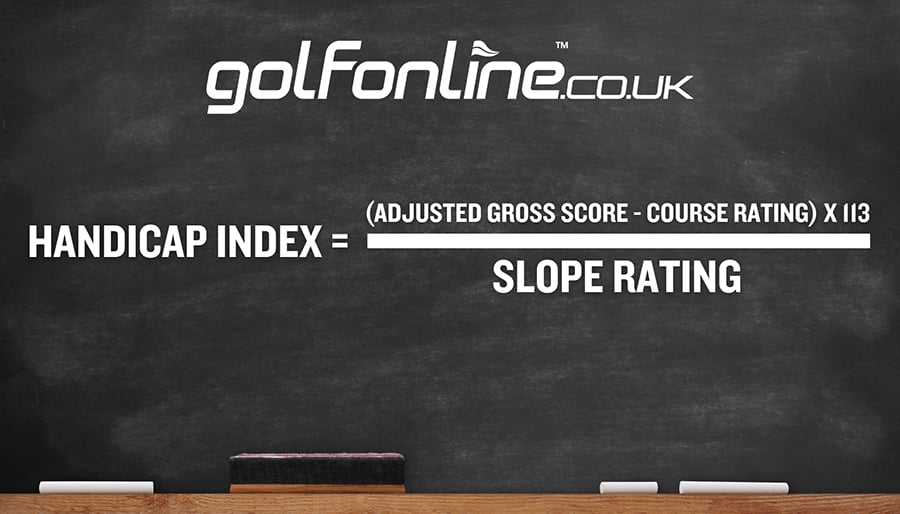UNDERSTANDING GOLF HANDICAPS - A GUIDE FOR EVERY GOLFER

Imagine playing a game where everyone, regardless of skill level, has an equal chance of winning. Sounds like something out of a fairy tale, right? Well, welcome to the magical world of golf handicaps—a system designed to level the playing field so that even beginners can challenge seasoned pros (or at least come close)!

What is a Golf Handicap?
A golf handicap is a numerical measure of a golfer’s ability that allows players of varying skill levels to compete on an even footing. Think of it as a balancing act—like putting a weight on the scale to give the underdog a fighting chance. The lower your handicap, the better you are (in theory). For example, if your handicap is 10, you’re expected to score 10 strokes over par on a typical round of golf.

Why Do We Need Handicaps?
Imagine this: You’ve just started playing golf, and you’re paired with a friend who’s been swinging clubs since before you could walk. Without a handicap system, every game would be a crushing defeat, leading to frustration and a possible lifetime ban from the clubhouse. Handicaps make the game more enjoyable for everyone by giving less experienced players a fair chance to compete. It’s like adding bumpers to your first bowling game—helpful and confidence-boosting!

How is a Handicap Calculated?
Now, here’s where things get a bit technical—but don’t worry, we’ll keep it simple. Your handicap is calculated based on your recent golf scores and the difficulty of the courses you’ve played. The basic formula involves taking your adjusted gross score (that’s your total strokes minus any allowed adjustments), subtracting the course rating (how tough the course is), and then multiplying by 113 (a standard difficulty rating).

Common Misconceptions About Handicaps
- “I need to be a pro to have a handicap.” Not true! Handicaps are for everyone, from beginners to pros. It’s not a sign of weakness but a tool to make the game more fun and competitive.
- “A lower handicap means I’ll win every time.” If only it were that simple! Golf is as much about mental fortitude as it is about skill.
- “Handicaps are permanent.” Not at all! Your handicap evolves with your performance—so keep practising!

How to Get Your First Handicap?
Most golf clubs offer a service to calculate and track your handicap. All you need to do is submit your scores after each round. Before you know it, you’ll have a number to proudly display (or humbly downplay) during your next round.
Conclusion
Golf handicaps might seem confusing at first, but they’re really just a clever way to ensure everyone has a good time on the course—whether you’re a beginner or a seasoned pro. So next time you’re out there swinging, remember: your handicap isn’t just a number; it’s your ticket to fair and fun competition.
Got questions about your handicap or need help improving it? Drop by our store or visit our website for expert advice, top-tier equipment, and more tips to help you master the game!
What is the difference between Handicap Index and Course Handicap?
The Handicap Index is a standardised measure of a golfer's potential ability, not tied to any specific course. The Course Handicap adjusts the Handicap Index based on the difficulty (Course Rating) and relative difficulty for a bogey golfer compared to a scratch golfer (Slope Rating) of the course being played, determining the number of strokes a player receives on that particular course.
How does the World Handicap System (WHS) work?
The WHS provides a unified and consistent handicapping system worldwide. It calculates handicaps based on the average of the best 8 out of the last 20 scores, adjusts for course difficulty, and updates promptly to reflect a player's current ability.
What is the maximum hole score for handicap purposes?
Under the WHS, the maximum score for each hole for handicap purposes is a net double bogey, which is calculated as double bogey plus any handicap strokes a player is entitled to on that hole
How often should I update my handicap index?
Your Handicap Index should be updated regularly to reflect your current playing ability. Under the World Handicap System, it's recommended to submit all acceptable scores as soon as possible after each round. This practice ensures your handicap remains accurate and up-to-date, promoting fair competition.
How does course difficulty affect my handicap?
Course difficulty is factored into your handicap through the Course Rating and Slope Rating. The Course Rating indicates the expected score for a scratch golfer, while the Slope Rating measures the relative difficulty for a bogey golfer compared to a scratch golfer. These ratings adjust your Course Handicap, ensuring your handicap accurately reflects the challenge presented by different courses
Can I maintain a handicap without joining a golf club?
Typically, establishing and maintaining an official Handicap Index requires membership in an authorised golf club, as these clubs are responsible for verifying scores and ensuring compliance with handicap regulations.